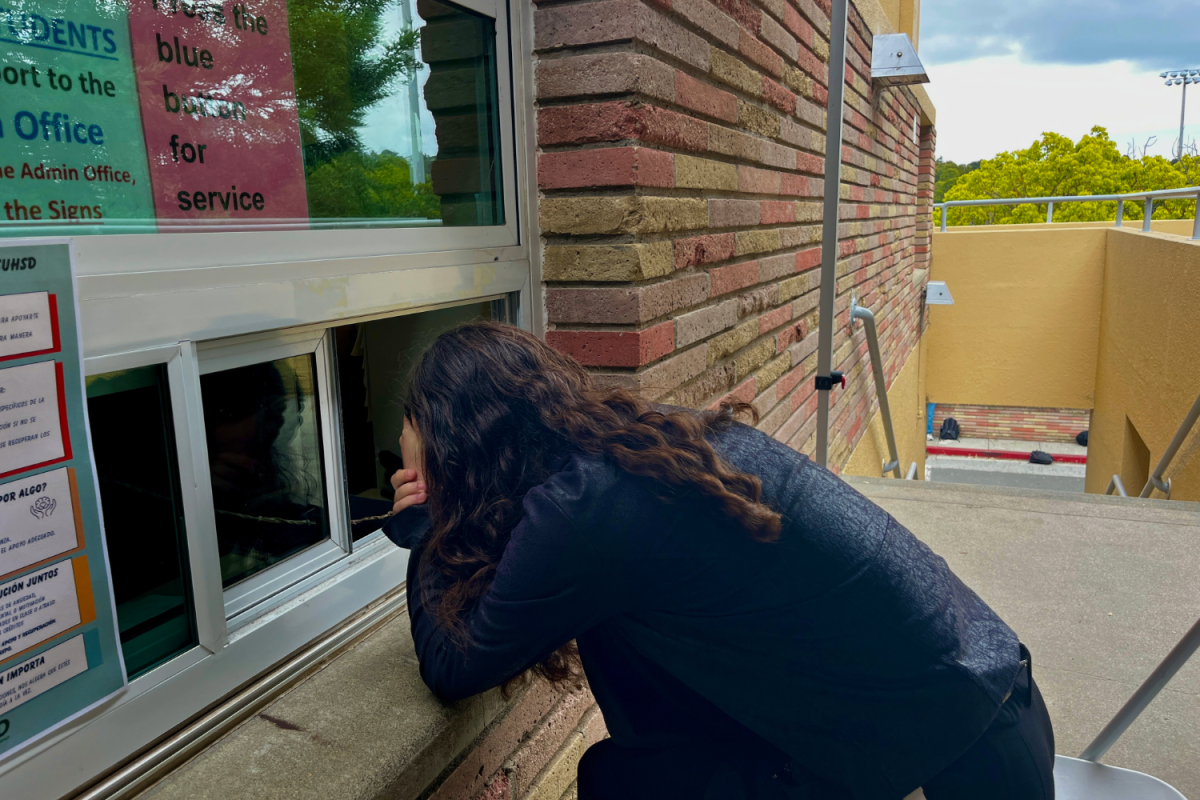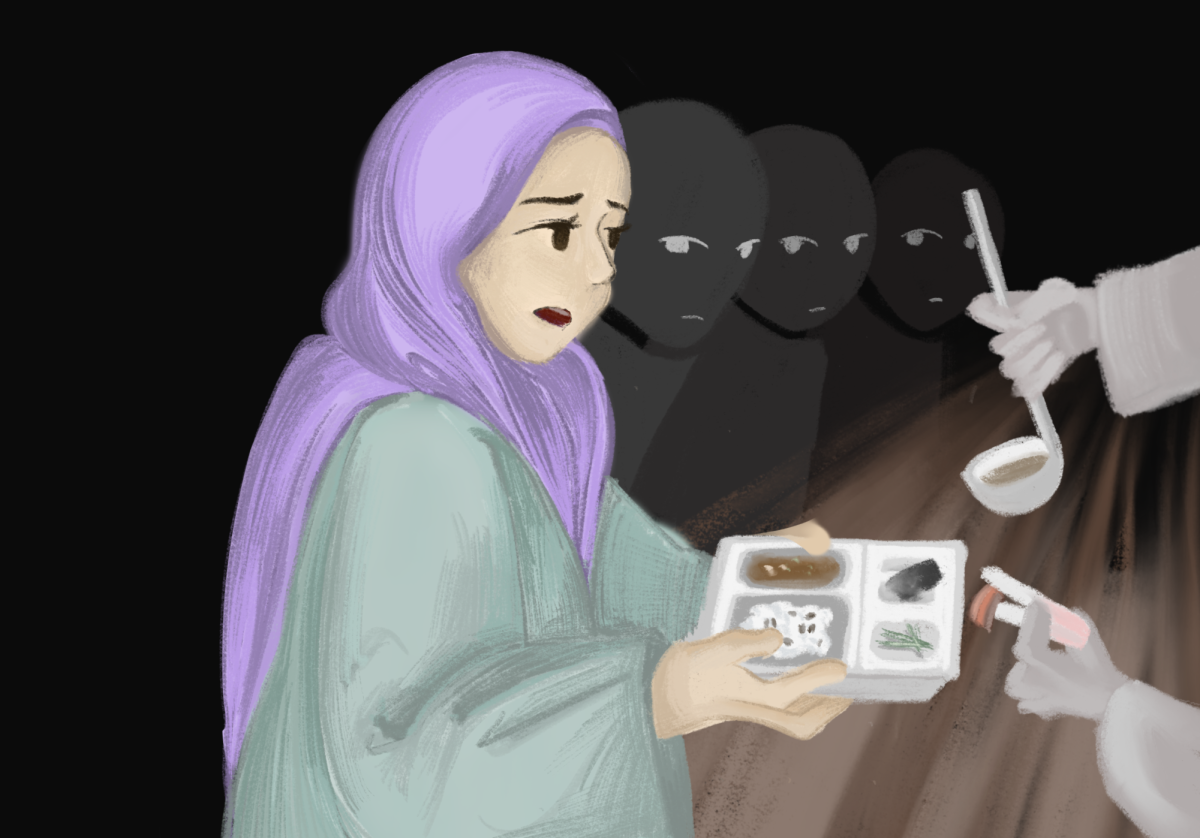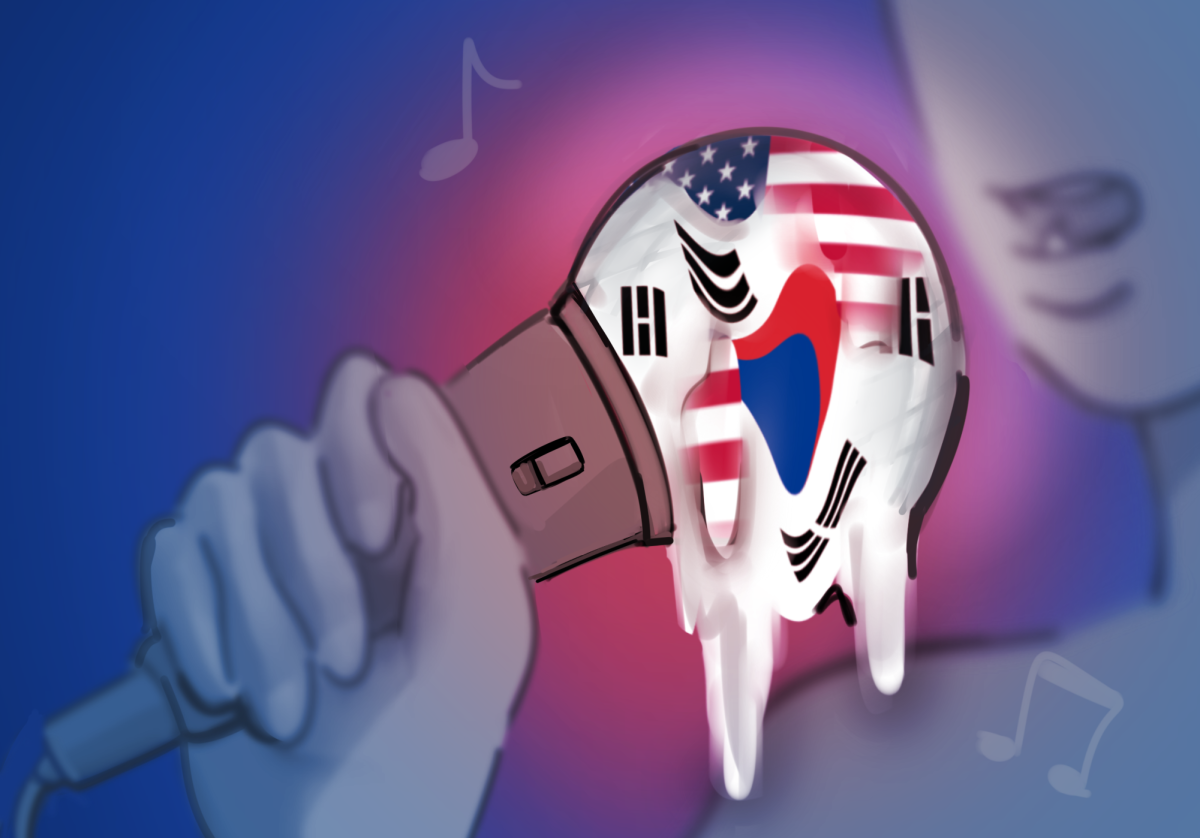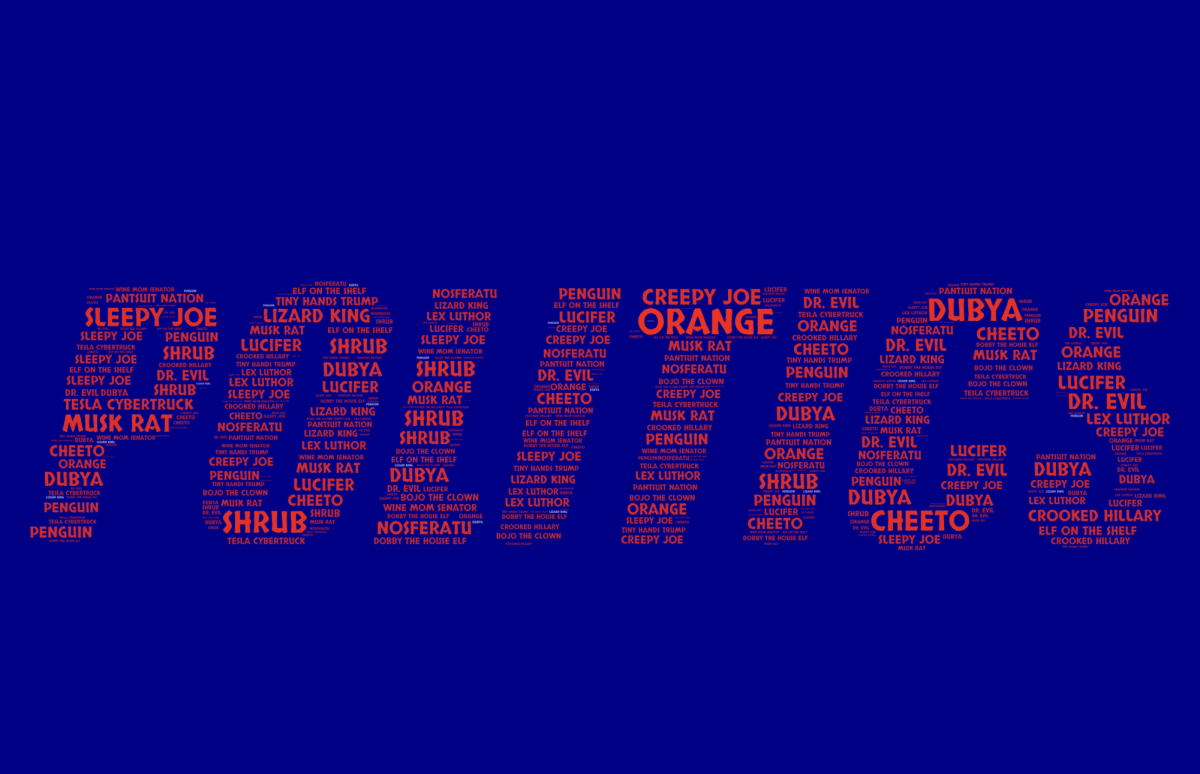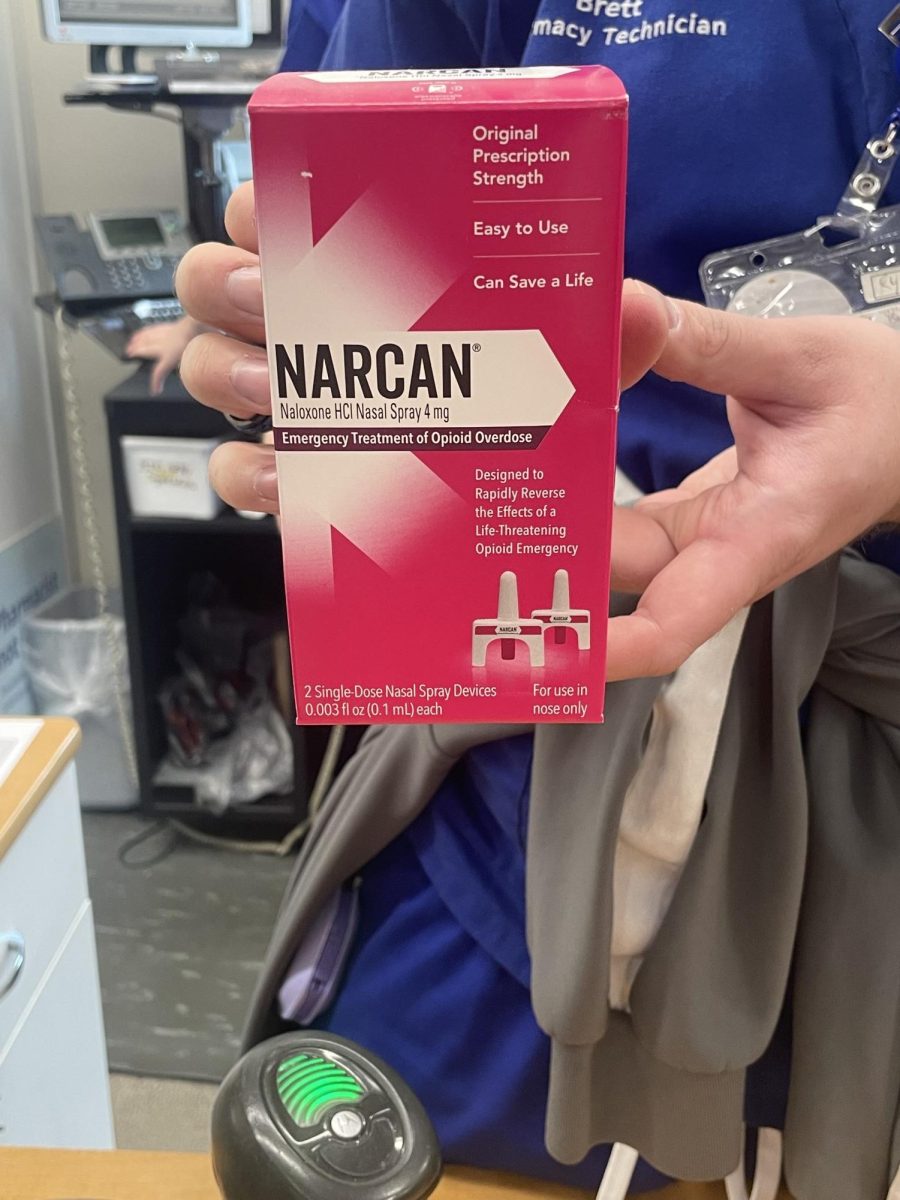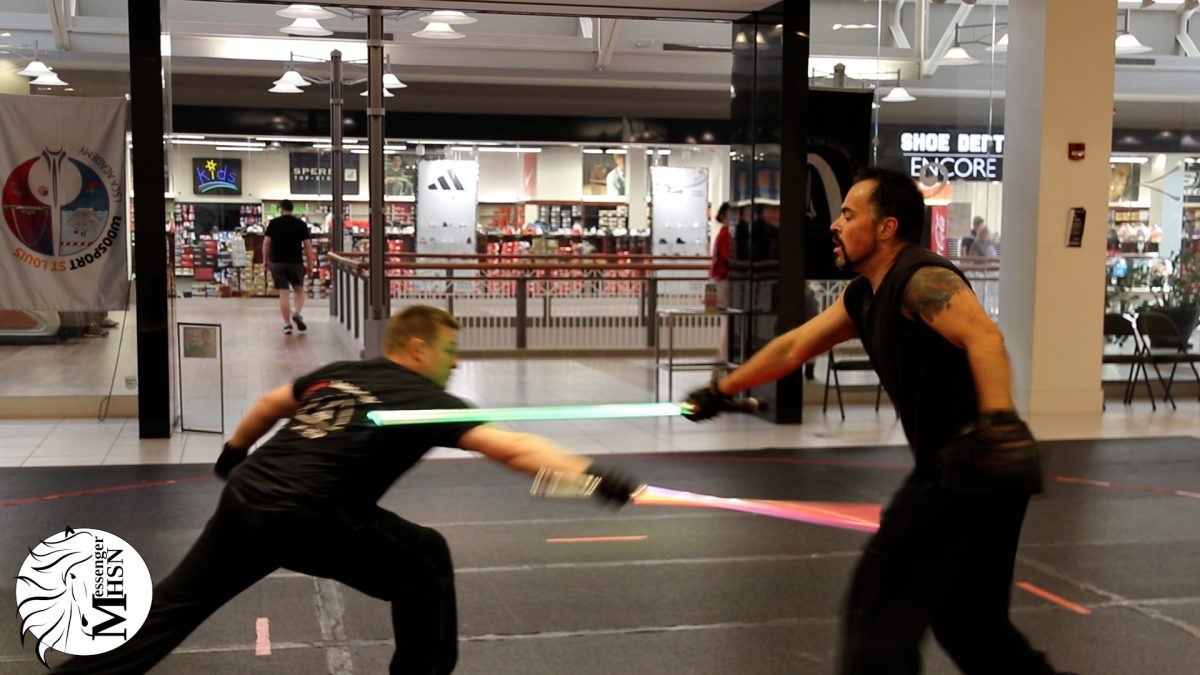After reading posts about gang stalking, Dr. Liz Johnston, a licensed clinical social worker and professor of Social Work at Cal Poly, takes her dog on a morning walk and goes by the school bus yard where a white car comes out every morning regardless of the time. After getting home, suspicious that someone could be stalking her, she opens her laptop and decides to check Quora.
“I was looking at paranoia in the research and then I found gang stalking,” Dr. Johnston said. “Then I looked at some of the gang stalking stuff on Reddit, and Quora and then Quora randomly started sending me threads to my email. I’ve been following it for about probably three years and now have started noticing certain patterns in my life such as white cars coming out of school gates in the morning when I walk.”
Delusional disorder is historically rare. According to the Cleveland Clinic, it affects just 0.1% of Americans. However, according to Dr. Jennifer Harrison, an expert in clinical psychology, art therapy, and trauma, the rise of social media has played a key role in increasing delusional thinking.
“Echo chambers reinforcing unusual beliefs, algorithmic content recommendations that intensify narrow worldview, reduced face-to-face interactions that might otherwise challenge false beliefs and information overload leads to difficulty in distinguishing credible sources,” Dr. Harrison said.
Traditionally, delusional disorder has been hard to diagnose, but Johnston said social media has intensified delusions, making diagnosis easier.
“Social media spreads any kind of delusional idea really since if you have anything going on, you can Google it, and you can find people all over the world that will agree with you,” Johnston said. “And usually, people already think something’s wrong, and they go to the internet and it confirms them.”
A report by the New York Times found that Americans, especially those ages 15-34, have spent increased time at home since the pandemic. Johnson said this isolation, along with social media, creates an environment where delusions can thrive, offering people a sense of community — whether it may be real or imagined.
“It’s a counterintuitive search for (belonging),” Johnston said. “If you’re isolated in life, you (want) a community that cares enough about you to hate you or have the same beliefs as you.”
Johnston also said while social media doesn’t cause delusions, it reinforces preexisting beliefs; individuals with delusions are usually on social media for periods of up to three hours per day, according to Johnston.
“If you looked at content that randomly popped up, and you weren’t slightly delusional, you would think, ‘this is kind of odd,’” Johnston said. “However, if six white cars went by my house at six o’clock this morning and the next morning they go by again, I Google it (and find) gang stalking, and then think, ‘Oh, this is what’s happening to me’ — that’s when the delusion starts to appear.”
According to Dr. Harrison, individuals with delusional disorder might wrongly infer hidden meanings or repeated patterns from their social media feeds.
“Someone with delusional tendencies might interpret an innocuous Instagram post as a personal message or sign,” Dr. Harrison said. “Popular themes that could fuel delusional thinking include celebrity conspiracies, government surveillance, or health misinformation.”
According to Dr. Harrison, traditional treatment includes antipsychotic medications and cognitive behavioral therapy. However, Johnston said treating delusional disorder is challenging, as therapy is often ineffective.
“Therapy doesn’t usually work because the people don’t accept they have a problem,” Johnston said. “Many psychologists and psychiatrists don’t understand paranoia. They don’t really have treatment.”
Johnston said there are two ways to help mitigate delusions tied to social media. First, individuals can use an “observer’s ego” to recognize their delusions. Second, family members can ask questions to understand the delusion’s context better.
“Families can ask questions such as: ‘How did you get to go to that site?’ (and) What do you like about it?’” Johnston said. “And then try to help them find a community in the real world or a more supportive website that’s more balanced.”
Johnston believes the best approach is to create a safe, accepting space where individuals can freely speak about and recognize their delusions so therapists and loved ones can understand them without challenging their beliefs.
“The best advice is to listen patiently (without) fighting with the delusional system,” Johnston said. “If they trust you, they’ll start to use you as a reality check.”
This story was originally published on The Campanile on November 7, 2024.

